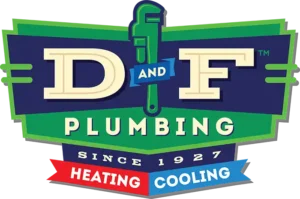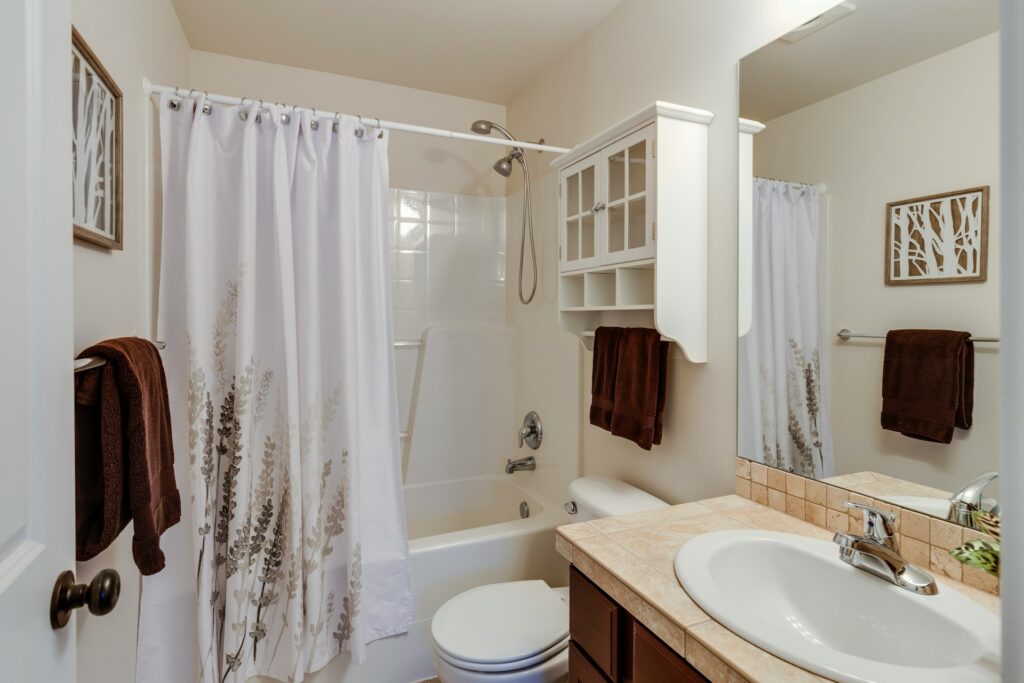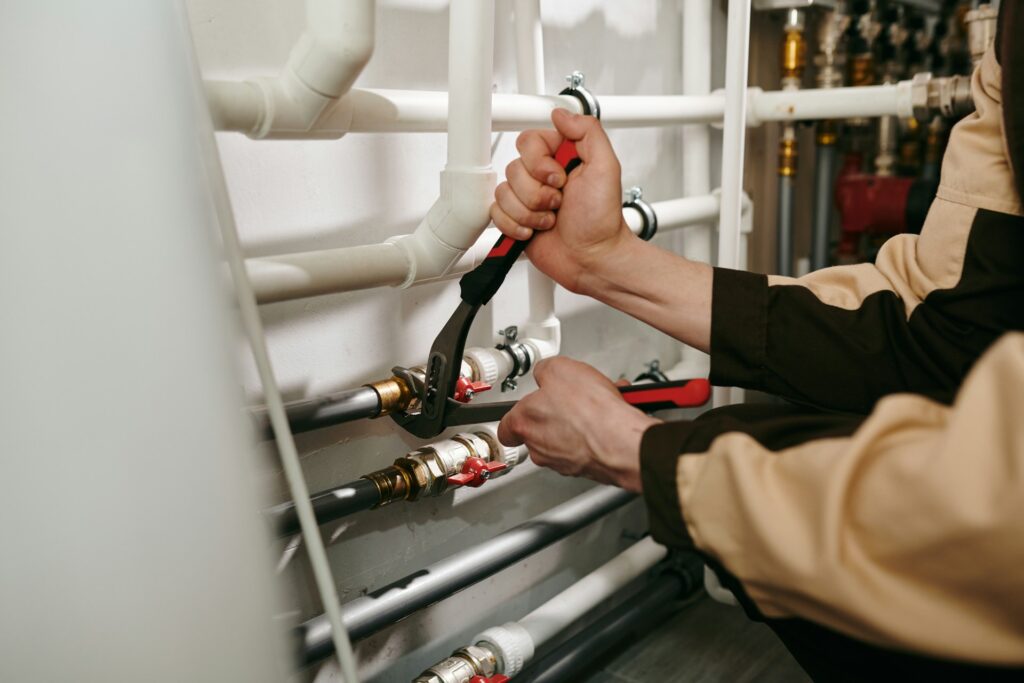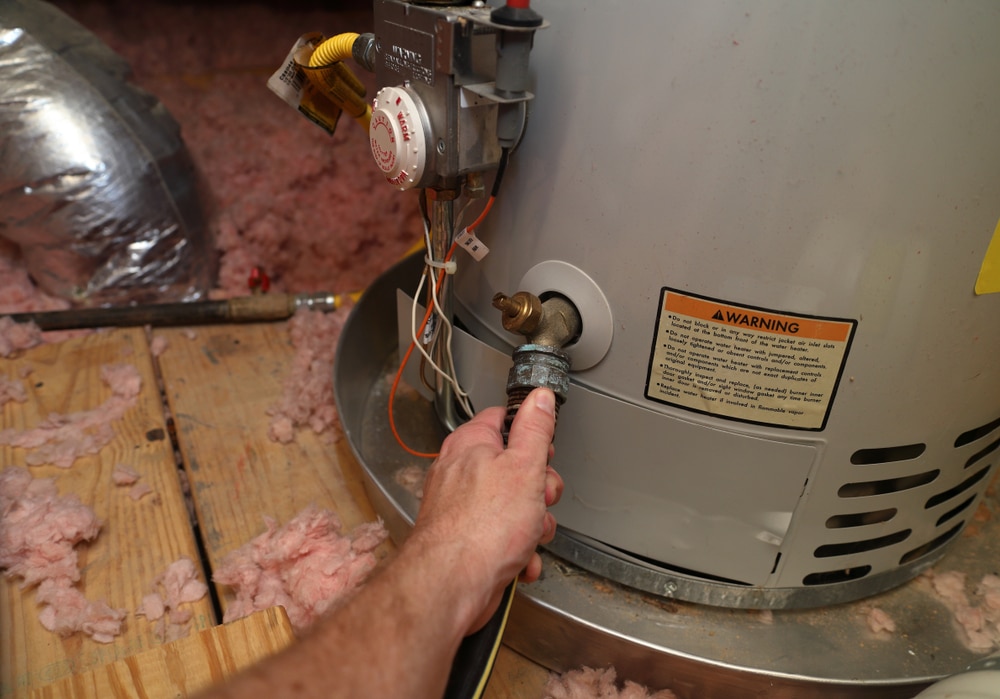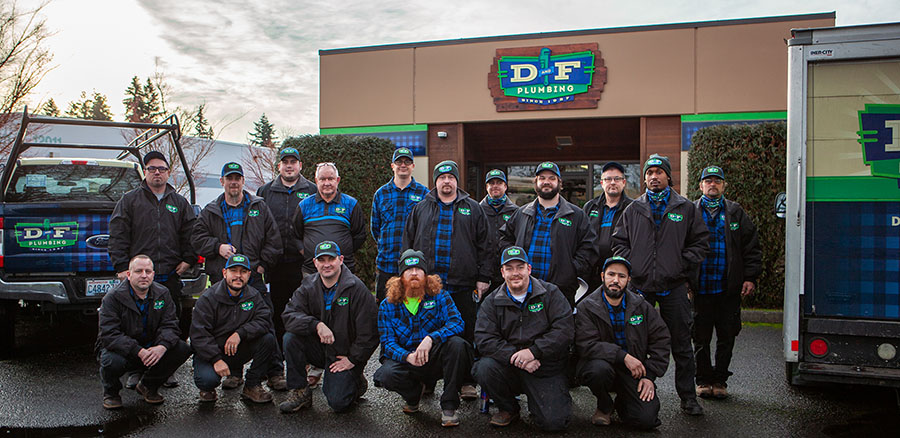A conventional water heater is an essential part of our homes, especially during colder months. It provides the hot water we need for various daily activities, from cooking to bathing. However, like any other household appliance, your water heater needs regular care and maintenance to function efficiently and have a long lifespan.
Regular maintenance can prevent common issues that might cause your water heater to malfunction. Simple tasks like flushing the tank and checking the anode rod can make a significant difference in the unit’s overall performance. Additionally, keeping an eye on components like the temperature and pressure relief valve ensures that the system operates safely.
Taking the time to understand how your water heater works and following routine maintenance tips can save you from unexpected breakdowns and costly repairs. It can also improve the heater’s efficiency, leading to lower energy bills. In the sections that follow, we’ll cover essential maintenance tips and common issues to help you get the most out of your conventional water heater.
Understanding Your Conventional Water Heater
Basic Components
A conventional water heater consists of several key components that work together to provide hot water:
- Tank: The storage tank holds the water that is heated. It is typically made of steel and has an insulating layer to keep the water warm.
- Heating Element: The heating element, either a gas burner or electric coil, heats the water in the tank.
- Thermostat: The thermostat regulates the water temperature inside the tank. It can be adjusted to achieve the desired water temperature.
- Anode Rod: The anode rod prevents corrosion by attracting rust and minerals away from the tank walls.
- Temperature and Pressure Relief Valve: This safety device releases water and reduces pressure if it becomes too high.
How It Works
Understanding how your water heater works helps in its maintenance:
- Heating Process: Cold water enters the tank through a dip tube. The heating element or burner then heats the water to the temperature set on the thermostat.
- Storage and Distribution: Once heated, the water rises to the top of the tank and is stored until needed. When someone turns on a hot water tap, hot water is drawn from the top, and cold water enters the bottom to be heated again.
- Safety Measures: The temperature and pressure relief valve activates if the water becomes too hot or if pressure builds up, preventing potential damage to the heater.
Flushing the Tank
Flushing the tank removes sediment buildup and improves efficiency:
- Turn Off the Heater: Switch off the power supply or gas valve to the heater.
- Drain the Tank: Connect a garden hose to the drain valve and let the water flow out until it runs clear. Sediment can make your heater work harder and reduce its lifespan.
- Refill and Power Up: Close the drain valve, remove the hose, turn on the water supply, and power the heater back up.
Checking the Anode Rod
The anode rod helps prevent corrosion inside the tank:
- Locate the Rod: Find the anode rod, usually at the top of the tank.
- Inspect and Replace: Unscrew it and check for significant wear or corrosion. Replace it if more than 50% has deteriorated to protect your tank from rust.
Inspecting the Temperature and Pressure Relief Valve
Ensure your heater operates safely by inspecting this crucial valve:
- Test the Valve: Lift the valve’s lever partway and let it snap back. Listen for a slight rush of water and a clicking sound.
- Replace If Necessary: If you don’t hear or see water or the valve doesn’t work correctly, replace it to avoid potential hazards.
Regular care and maintenance of these essential components will help keep your conventional water heater running smoothly and extend its lifespan.
Common Problems and Solutions
Leaks and Drips
Leaks and drips are common issues with water heaters. Leaks can occur from the tank itself or the connections around it. If you notice water pooling around your heater, follow these steps:
- Inspect Connections: Check all fittings and connections for signs of leakage. Tighten any loose connections but be careful not to overtighten.
- Examine the Tank: Look for rust or corrosion on the tank. If the tank is leaking, it may need replacement. A leaking water heater usually indicates internal damage that cannot be repaired.
Inconsistent Water Temperature
Inconsistent water temperature can be frustrating and uncomfortable. Here are ways to address it:
- Check the Thermostat: Ensure the thermostat setting is appropriate. Adjust if necessary, but be cautious not to set it too high.
- Inspect the Heating Element: A faulty heating element can cause temperature fluctuations. If the element is damaged, it will need replacing by one of our professionals.
- Sediment Buildup: Sediment can insulate the heating element, causing inconsistent heating. Regularly flushing the tank helps prevent sediment buildup and improves heat distribution.
Strange Noises
Strange noises like popping or rumbling sounds often indicate sediment buildup inside the tank. Here’s what you can do:
- Flush the Tank: Regularly flushing the tank can help remove sediment and prevent noises.
- Check the Anode Rod: A deteriorated anode rod can contribute to noise issues. Inspect and replace it if necessary.
- Consult a Professional: If the noises persist, it might indicate a more severe problem that requires professional assistance.
When to Call a Professional
Recognizing Serious Issues
Some water heater problems require professional attention. If you notice any of these serious issues, it’s time to call us:
- Persistent Leaks: Continuous leaks, even after tightening connections, indicate deeper problems.
- Frequent Temperature Fluctuations: Regular inconsistencies in water temperature might mean significant issues with the heating elements or thermostat.
- Unusual Noise: Persistent strange noises, such as banging or screeching, can signal severe sediment buildup or internal damage.
Benefits of Regular Professional Inspections
Regular professional inspections can prolong the life of your water heater and ensure it operates efficiently. Our technicians can:
- Detect Potential Issues: Early detection of problems prevents more severe damage and costly repairs.
- Perform Necessary Maintenance: They handle complex maintenance tasks, ensuring your heater remains in optimal condition.
- Provide Expert Advice: Our professionals offer guidance on best practices and possible upgrades to enhance your system’s efficiency.
Scheduling a Maintenance Visit
Scheduling regular maintenance visits ensures the longevity and efficiency of your water heater. Here’s how to plan:
- Set a Routine: Plan for at least one professional inspection yearly.
- Record Keeping: Keep a record of maintenance and repairs to track the heater’s condition over time.
- Contact Us: Reach out to us to schedule your maintenance visit. We provide dependable care to keep your water heater running smoothly.
Conclusion
Maintaining your conventional water heater is essential for ensuring it functions efficiently and lasts longer. By understanding its basic components and following routine maintenance tips, you can address common problems and enjoy a reliable supply of hot water. However, some issues necessitate professional intervention. Regular inspections and timely repairs can prevent potential damage and extend your water heater’s life.
For expert assistance with Water Heater Maintenance in Portland, OR, or surrounding areas, Contact D&F Plumbing, Heating and Cooling. Our professionals are ready to provide the care and maintenance your water heater needs. Don’t wait for problems to escalate—reach out to us and ensure your system remains in peak condition.
